

Guides to Copyright for creative professionals
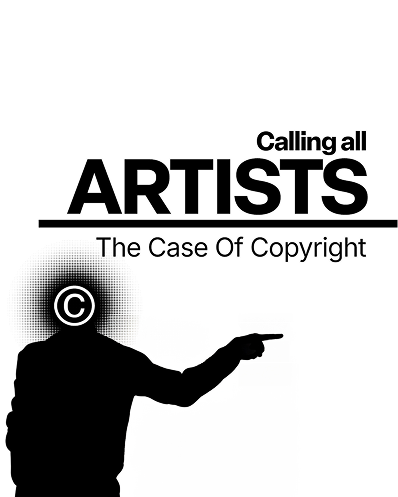
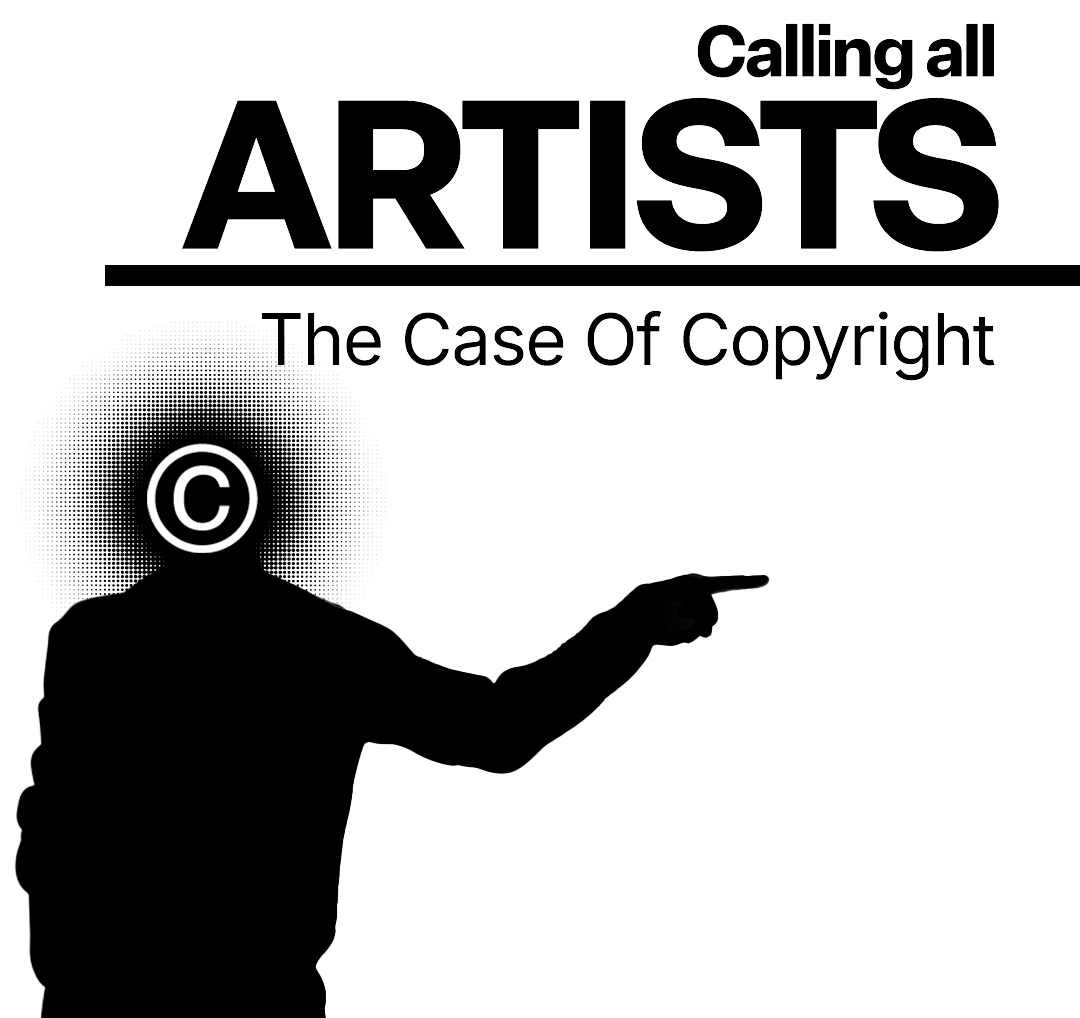
Guides to Copyright for artists
In What Cases Might An Artist Use a Copyright Agreement?
What kind of Copyright Agreement is best suited for you?
Two of the most common Copyright Agreements are the CLA (Copyright License Agreement) and the CTA (Copyright Transfer Agreement). Simply said, a CTA transfers the Copyrights from the writer to another entity. A CLA transfers some rights to another entity, the contents of the agreement are fully customizable. That makes it customizable for almost all cases. For example;
When to use a CLA:
Collaborations; when teaming up with other artists or creators, a CLA ensures clear ownership and usage rights for each party involved.
Exhibitions and Shows; A CLA protects an artist's rights when their work is shown at exhibitions, ensuring proper reproduction or sales agreements. Especially when working with Galleries, it is good to protect the distribution, especially print sales.
In some cases it might not be suitable to use an agreement to protect your work. Like when you are sharing images on the internet. Using Creative Commons licenses while sharing images of your art online allows you to retain copyright while granting others permission to use, share, and even modify your work under specific conditions. It helps increase visibility and exposure.
When to use CTA:
For commissioned Work: If the client insists on wanting full ownership (e.g., a company commissioning exclusive branding artwork or a collector buying rights to distribute reproductions), a CTA transfers all rights to them.
Note; Artists rarely sell their full copyright. You're an artist, not a designer. Keep the right to modify. Some art is public domain. That is because 70 years after an artist dies, their work becomes copyright free.
Then think about other usage rights;
Where can it be distributed? Specifically geographically and online. Define how your artwork can be used (personal, commercial, exclusive). Set clear terms in contracts to protect against unauthorized reproductions. Use creative commons when sharing images online. For digital and print reproductions, consider royalty-based pricing.
The agreements on OONOO are highly customizable and allow you to fill in empty spaces in an agreement template. Answer the following prompts with your terms.
First decide if you need an Copyright License Agreement, or a Copyright Transfer Agreement. A Copyright Transfer Agreement transfers all rights to the other party. If you wish to retain some or most rights, a Copyright License Agreement might be a better fit for you.
Also add at what point in the process you expect payment, and what percentage of the full compensation that is.
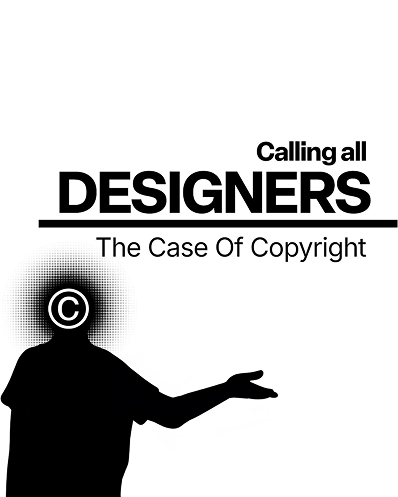
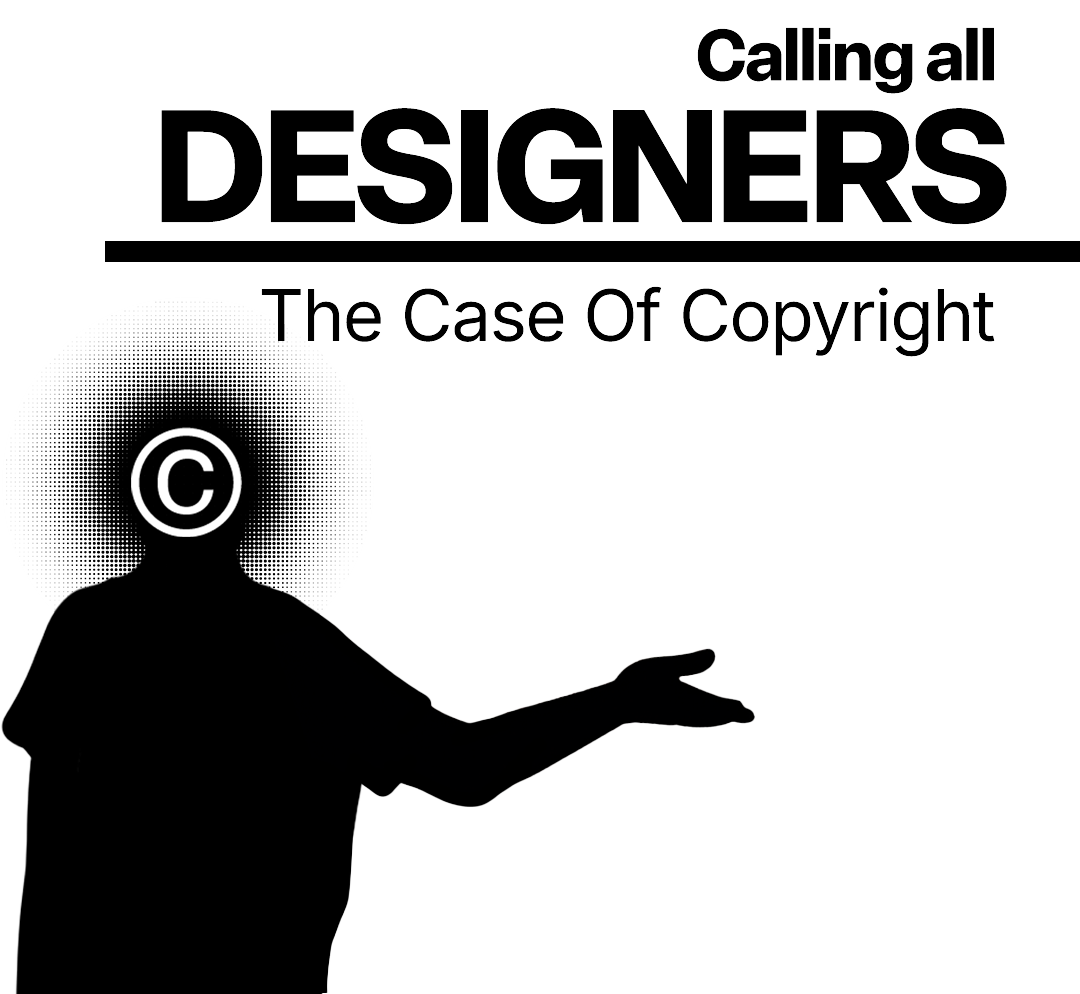
Protect your rights or sell it all, but make an informed decision
Guide To Copyright for Designers;
In What Cases Might A Designer Use a Copyright Agreement?
What kind of Copyright Agreement is best suited for you?
Two of the most common Copyright Agreements are the CLA (Copyright License Agreement) and the CTA (Copyright Transfer Agreement). Simply said, a CTA transfers the Copyrights from the writer to another entity. A CLA transfers some rights to another entity, the contents of the agreement are fully customizable. That makes it customizable for almost all cases. For example;
When to use a CLA or CTA:
For designers, there is not really a general answer if you need to use a CLA or CTA. It depends on what the client needs, and what rights you are willing to sell. Discuss this with your client before the project starts. Understand whether the client is looking for permanent ownership or if they only need specific usage rights for a limited time. A CLA might be better for ongoing projects where you want to retain some flexibility and control, while a CTA is more suited to one-off projects where you're comfortable giving full rights to the client.
Then think about other usage rights;
Where can it be distributed? Specifically geographically and online. Define how your designs can be used. Set clear terms in contracts to protect against unauthorized reproductions. Do they get the right to resell? Can they modify it? Is it for a specific project? In the case of product design, who gets the patent?
The agreements on OONOO are highly customizable and allow you to fill in empty spaces in an agreement template. Answer the following prompts with your terms. First decide if you need an Copyright License Agreement, or a Copyright Transfer Agreement. A Copyright Transfer Agreement transfers all rights to the other party. If you wish to retain some or most rights, a Copyright License Agreement might be a better fit for you.
Also add at what point in the process you expect payment, and what percentage of the full compensation that is.
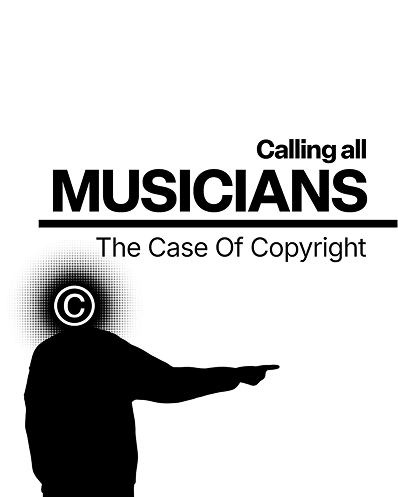
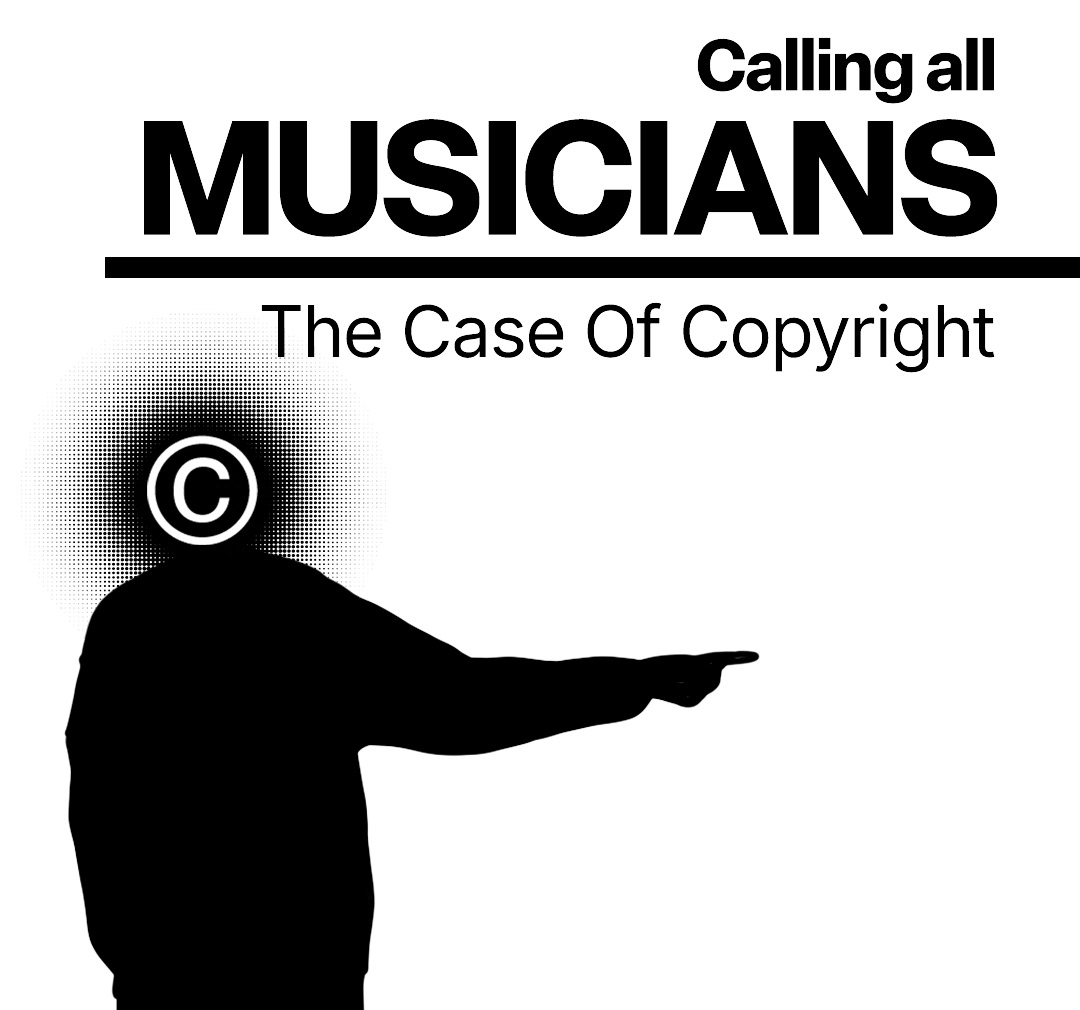
Protect your rights or sell it all, but make an informed decision
Guides to Copyright for artists
In What Cases Might A Musician Use a Copyright Agreement?
What kind of Copyright Agreement is best suited for you?
Two of the most common Copyright Agreements are the CLA (Copyright License Agreement) and the CTA (Copyright Transfer Agreement). Simply said, a CTA transfers the Copyrights from the writer to another entity. A CLA transfers some rights to another entity, the contents of the agreement are fully customizable. That makes it customizable for almost all cases. For example;
When to use a CLA:
A general rule of thumb to think of is: If it is coming out under your name it is probably best to use a CLA. Think of music releases on streaming services, and Record Labels Collaborations - If you collaborate with another musician, producer, or artist, a CLA ensures both parties have a clear agreement on how the music will be used, divided, and credited.
When to use CTA:
Most of the time, a CTA sells all the rights at once. You sell the rights and get a fixed amount of compensation (unless Royalties were discussed, but that is not the norm). The moment you sell the work, you no longer have influence on how the work is used. Buyers can be Record Labels, Investors, Film studio's, etc...
Then think about other usage rights;
Where can it be distributed? Specifically geographically and online. Define how your music can be used. Set clear terms in contracts to protect against unauthorized sharing. Can it be sampled? Are remixes allowed, or do you want Royalties for that? In case of it being used for a film, you can grant specific permission for the music being used in certain genres. To protect the image and atmosphere of the music.
The agreements on OONOO are highly customizable and allow you to fill in empty spaces in an agreement template. Answer the following prompts with your terms. First decide if you need an Copyright License Agreement, or a Copyright Transfer Agreement. A Copyright Transfer Agreement transfers all rights to the other party. If you wish to retain some or most rights, a Copyright License Agreement might be a better fit for you.
Also add at what point in the process you expect payment, and what percentage of the full compensation that is.
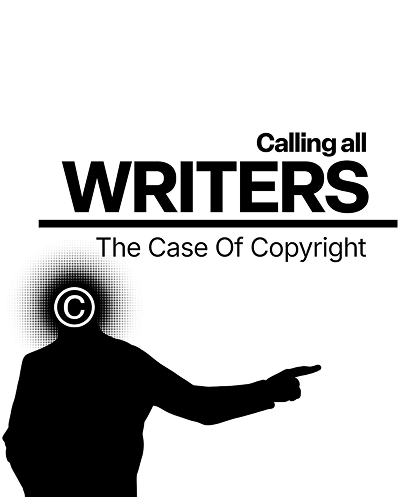
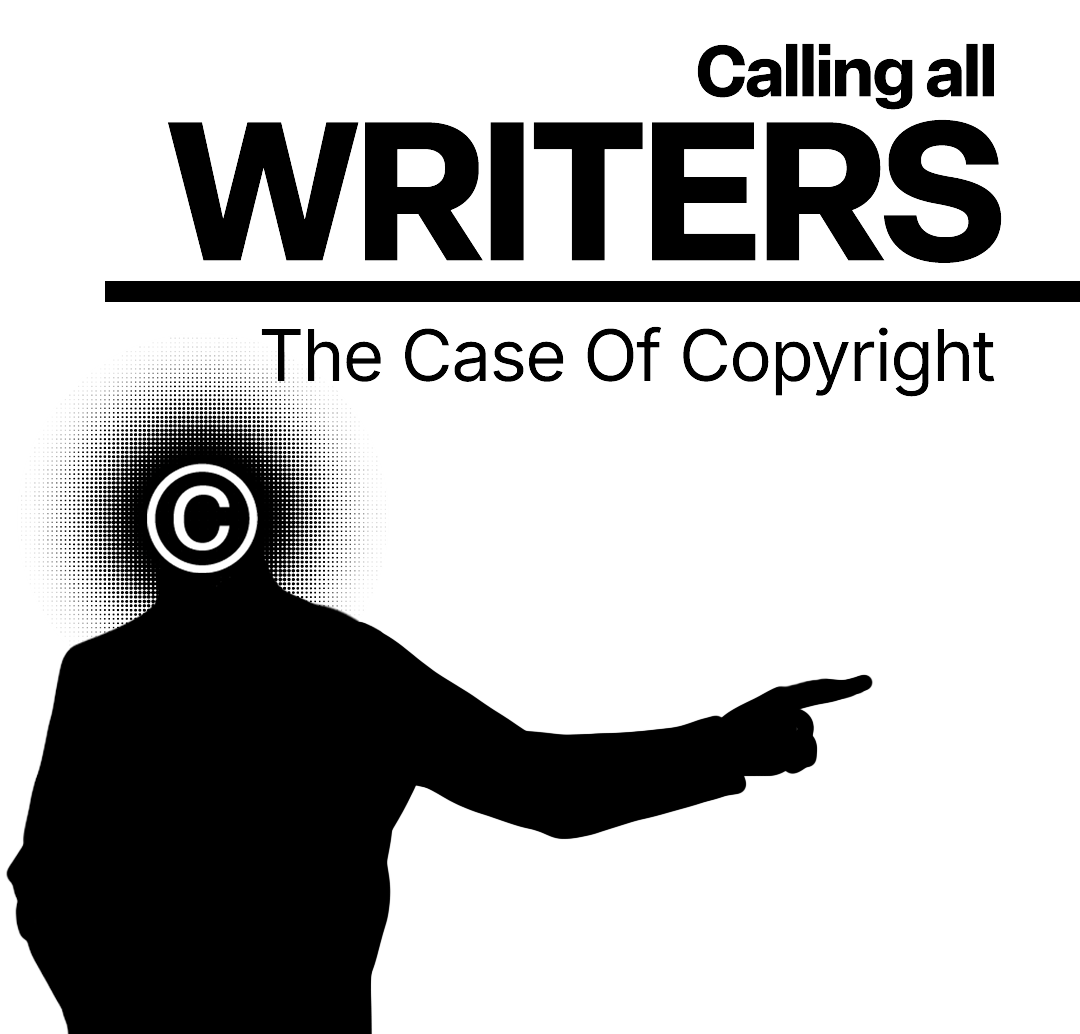
Protect your rights or sell it all, but make an informed decision
Guides to Copyright for Writers;
In What Cases Might A Writer Use a Copyright Agreement?
What kind of Copyright Agreement is best suited for you?
Two of the most common Copyright Agreements are the CLA (Copyright License Agreement) and the CTA (Copyright Transfer Agreement). Simply said, a CTA transfers the Copyrights from the writer to another entity. A CLA transfers some rights to another entity, the contents of the agreement are fully customizable. That makes it customizable for almost all cases. For example;
When to use a CLA:
When to use a CLA:
Before Publishing - If you're sharing your work with publishers, editors, or agents but want to retain full ownership while allowing limited use (e.g., for review or promotional purposes).
Licensing for Audiobooks or eBook Platforms - When allowing platforms like Audible or Kindle to distribute your book while maintaining ownership, you grant them a license to use but not own your content.
Selling Copyright for Adaptation (Films, Translation, etc.) - If you want to retain certain rights (e.g., selling film rights but keeping book rights), you can license specific adaptations rather than transferring all ownership.
When to use CTA:
Ghostwriting (Work for Hire) - If you're writing a book, article, or script for someone else as a ghostwriter, you usually sign a CTA because the client will own the full copyright. Selling Copyright for Adaptation (Films, Translation, etc.) - If you're selling all adaptation rights.
Then think about other usage rights;
Where can it be distributed? Specifically geographically and online. Can it be adapted into a movie, comic, translation? Think about the right to publicly read or perform the work. For example at readings, festivals etc.
The agreements on OONOO are highly customizable and allow you to fill in empty spaces in an agreement template. Answer the following prompts with your terms. First decide if you need an Copyright License Agreement, or a Copyright Transfer Agreement. A Copyright Transfer Agreement transfers all rights to the other party. If you wish to retain some or most rights, a Copyright License Agreement might be a better fit for you.
Also add at what point in the process you expect payment, and what percentage of the full compensation that is.
Looking for more Copyright Cases?
Contact us with more suggestions!
We use cookies for analytics purposes to improve our website. For more information about the cookies and data we collect visit the Privacy Policy